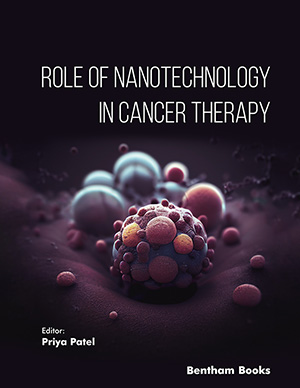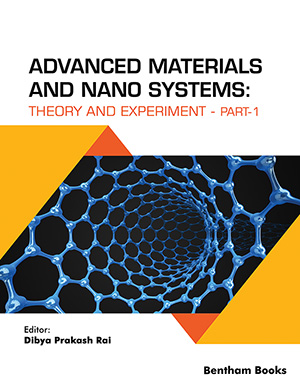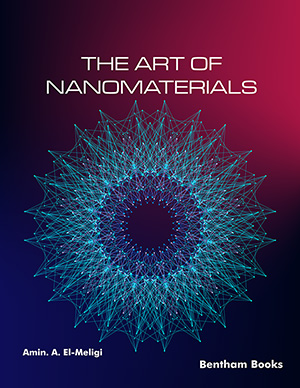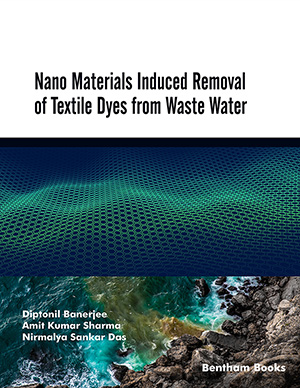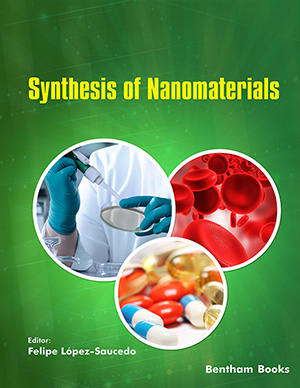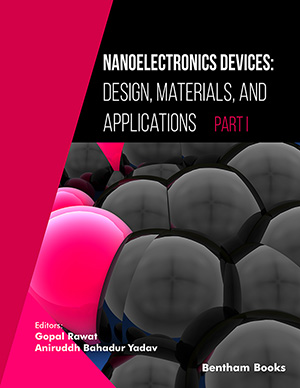Abstract
Gastric cancer is the world's second leading cause of cancer-related death.
Due to inadequate drug release and limited residence time at the absorption site,
traditional oral dose forms have poor/low bioavailability. GRDDS is particularly useful
for increasing the bioavailability of medications with a narrow absorption window in
the gastrointestinal tract and for treating local diseases. Polymeric nanofibers have
sparked a lot of attention among the numerous nanomaterials used in high-tech
applications because of their simplicity of production, controlled size/shape, and
characteristics. Filtration, barrier fabrics, wipes, personal care, and biological and
pharmaceutical applications have been intensively researched with polymeric
nanofibers. Electrospun polymeric nanofibers have recently been demonstrated to be a
promising approach for drug delivery systems. The nanofiber method allows for
stomach-specific drug release for a more extended period and improves local drug
action due to the drug's extended contact time with the gastric mucosa. As a result,
nanofiber technology appears to be a promising strategy for gastric retention drug
delivery systems.
Keywords: Bio-adhesive System, Drug Delivery System, Electrospun Technology, Floating System, Gastroretentive Cancer, GIT, GRDDS, Nanofibers, Non-floating System, Stomach, Swelling System.


